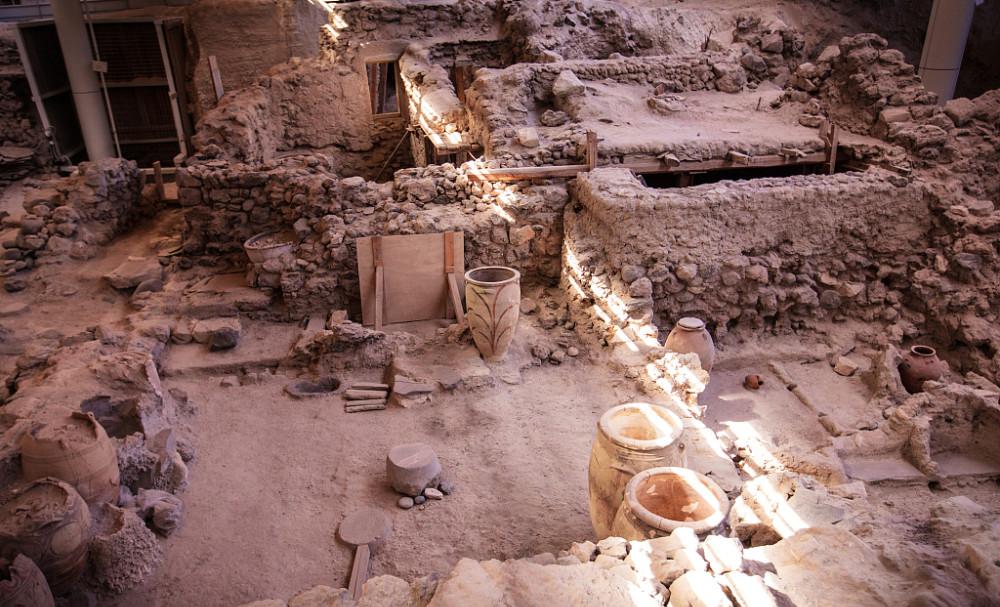0. Often see that there is a marketing trumpet with a rhythm, saying that foreign scholars believe that China's history is only three thousand years and the like, and then blowing a wave of violent theories such as the invincibility of ancestors? But what exactly is the real situation? Let's analyze it from an academic point of view:
1. The concept of "three thousand years of Chinese history" derives from an outdated academic paradigm. After the advent of archaeology, archaeologists, after studying the archaeological materials of the Egyptian and Two Rivers civilizations, proposed a twelve criteria for whether an ancient society entered civilization:
Large city center
Artisans, merchants, officials, and priests supported by the surplus productivity of agriculture
Direct producers contribute surplus production to the gods or priests chiefs
Monumental architecture
The ruling class freed from manual labor
System for recording information (text)
The development of more precise practical science
Monumental art
Stable import as a raw material for luxury goods and as an industrial substance
Together, peasants, artisans and rulers make up a society
The stability of society is expressed through the perfection of temples and burial rituals
National organizations are dominant and constant

Then Western archaeologists began to use this standard to set the situation of other ancient civilizations in the world, and when it came to measuring China, they found that it was not until the Shang Dynasty that they met the above criteria, so they positioned the Shang Dynasty as the beginning of Chinese civilization, which is almost 3,000 years away from now.
2. However, this standard has a big bug. If we want to study the criteria for the entry of all ancient civilizations into civilized society, we must summarize the laws after the archaeological materials of all ancient civilizations are included in the field of vision. The standards set for the materials of Egypt and the two rivers are obviously not suitable for China and the Americas.
I'll give an inappropriate example of assuming that whether a society has entered civilization can be explained by a scoring system criterion, as long as it reaches 60 points. Suppose that this indicator system has 10 secondary indicators, some ancient civilizations are 10 items all score 6 points, added together 60 points to enter the civilization; other ancient civilizations may be able to score 10 points, some can only get 2 points, but as long as the sum is enough to 60 points.
3. Therefore, recognizing the question of this academic paradigm, whether ancient Chinese society entered civilization or not needs to be summed up from our own archaeological material. At present, mainland scholars have the following views on this issue
We believe that establishing standards for civilization is a relatively old research method. What we need to explore is, does the society behind this archaeological culture form the form of the state? We are not in a hurry to propose the standard of civilization — the formation of the state. These criteria should be characteristics of the universal meaning summarized in the process of studying the development of prehistoric societies. Instead of reversing it and comparing it with a list of standards produced in foreign materials. ——Zhao Hui, former dean of the School of Archaeology and Literature of Peking University
4. At present, according to the existing archaeological materials, mainland scholars probably have two litou culture into civilization theory, Liangzhu culture into civilization theory and other concepts, the upper limit can be up to 6000 or 700 years ago, the lower limit is also about 3,850 years of estimation, all of which are extended a little more than the era of the Shang Dynasty. With the updating of archaeological materials and the deepening of theoretical research, this issue will be discussed more clearly and accurately in the future.